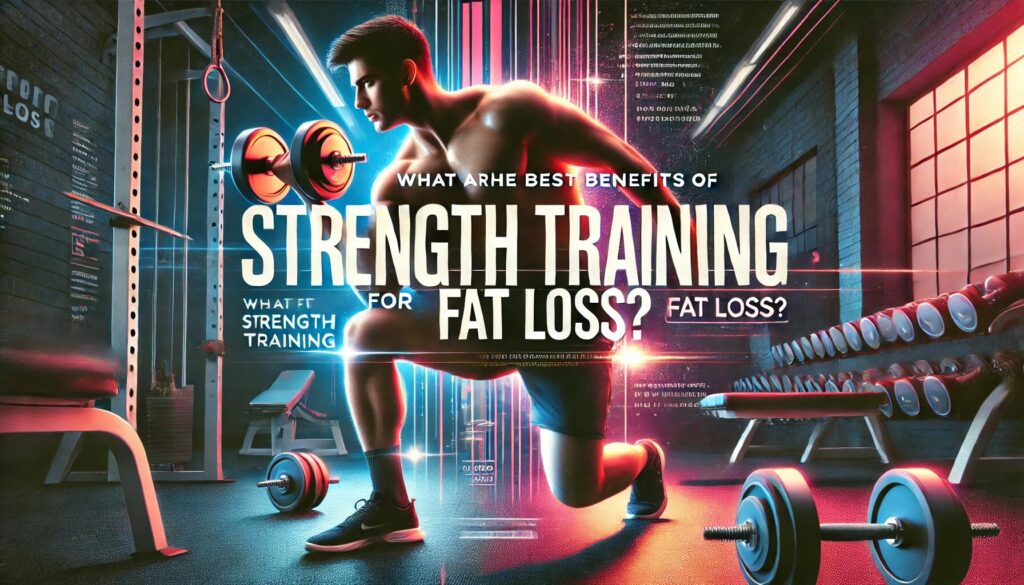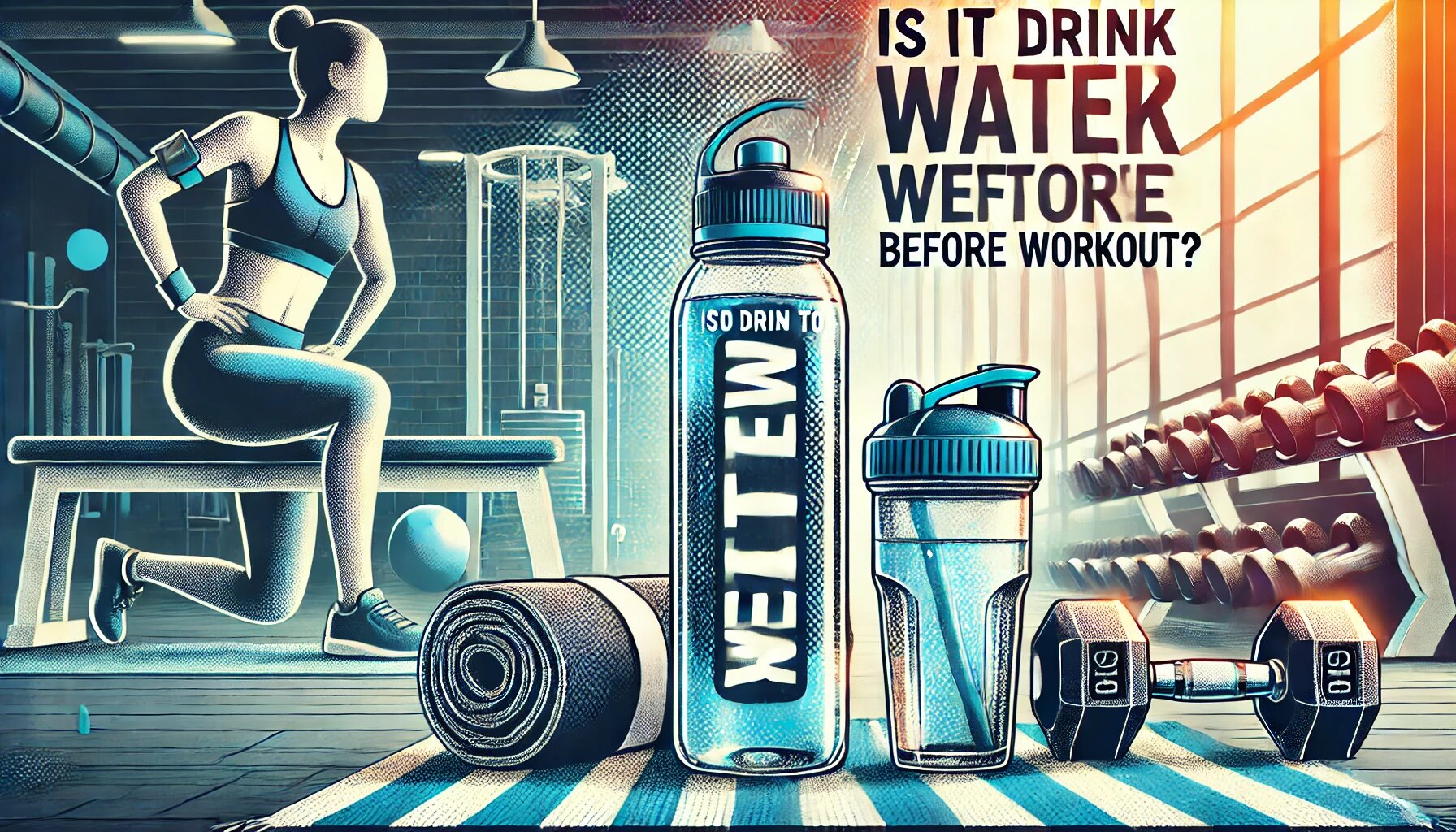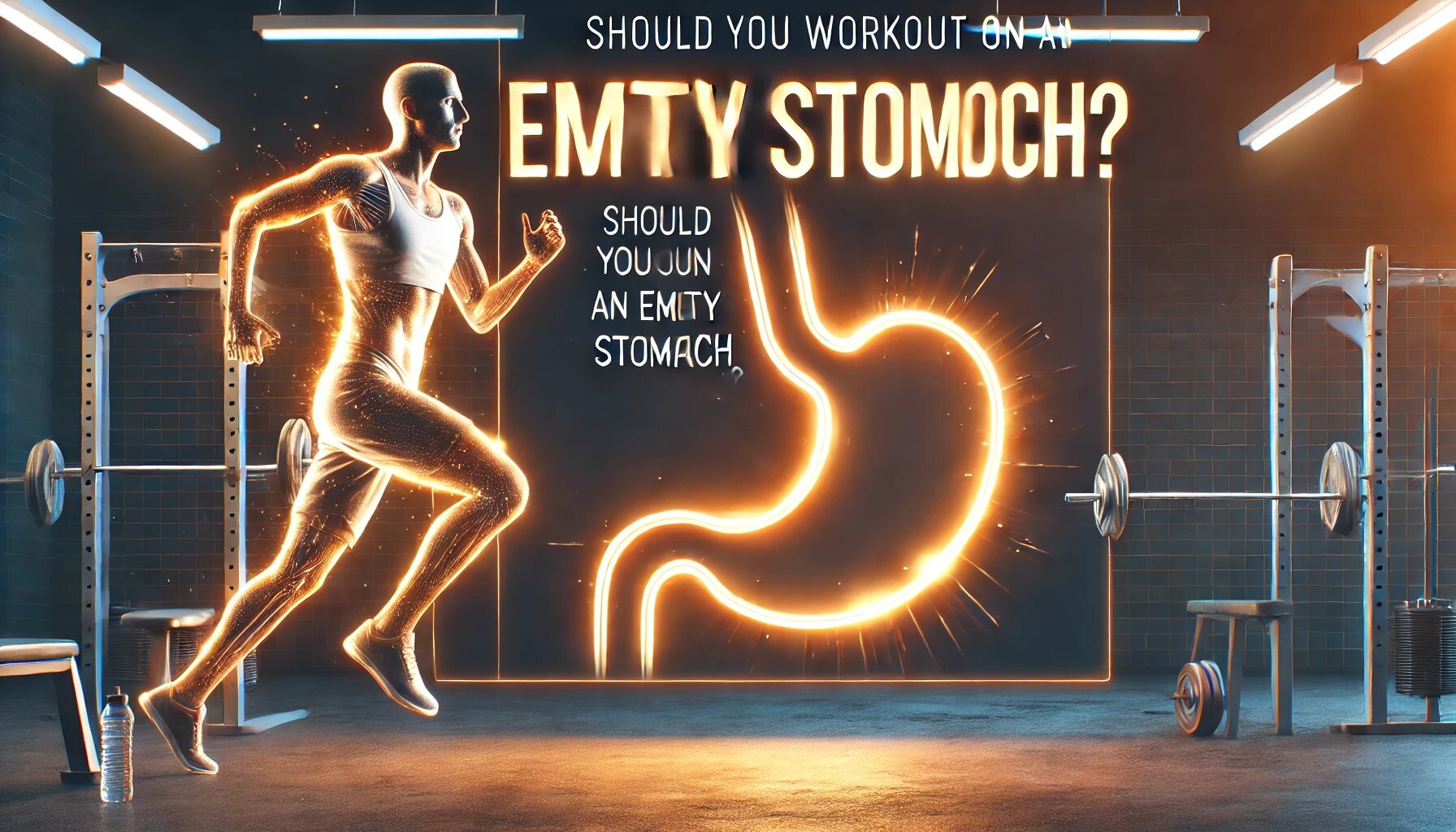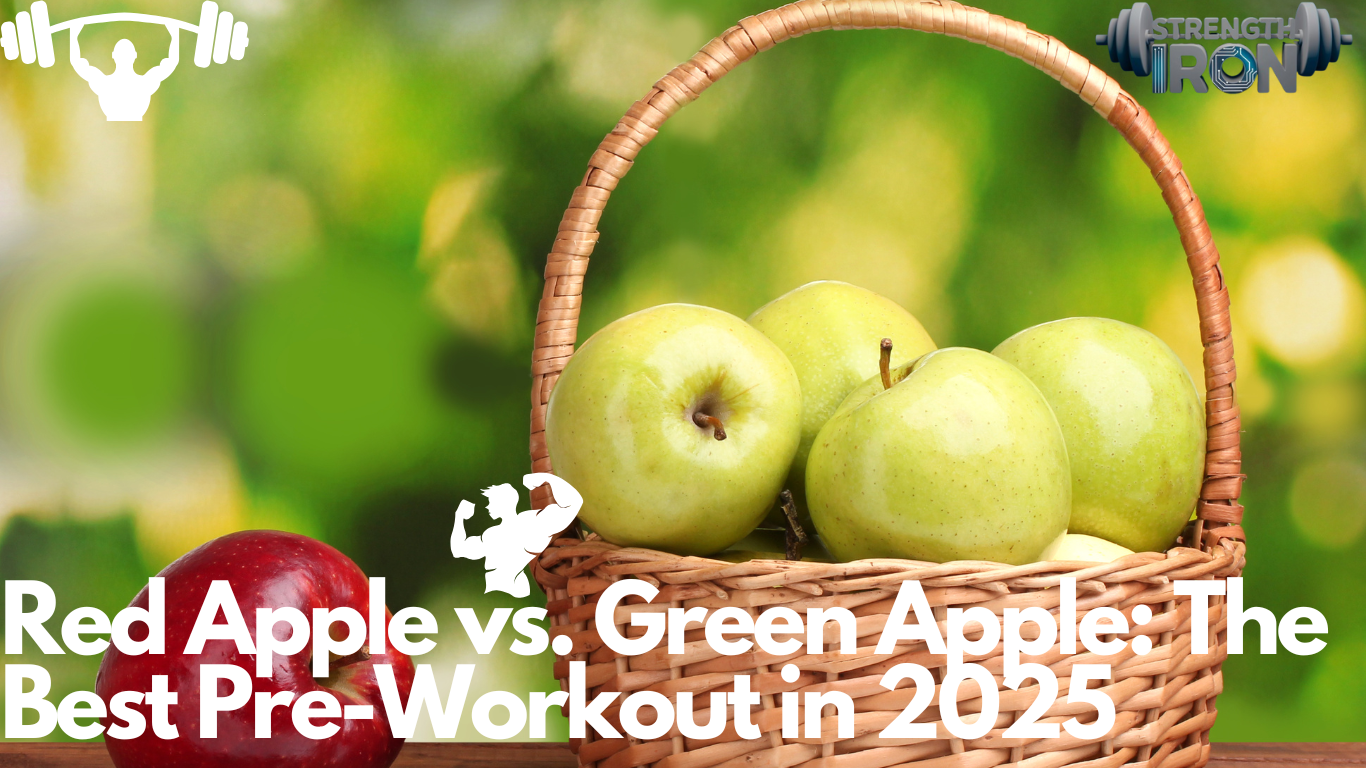After discussing the green apple vs. red apple for pre-workout debate is over, it’s time to set our sights on “Strength Training vs. Cardio”!
Tired of running on a treadmill for hours? Finding an effective yet time-saving solution to eliminate your stubborn belly fat?
Well, if your answer is affirmative, you’ve reached the correct destination!
Before heading to the battle of weightlifting vs cardio for fat loss, let’s understand this- “Doing endless cardio alone” will not aid in fat loss, instead, it may do worse more than good”!
However, it doesn’t mean, cardio is “useless”! It has its own set of benefits!
As per the research, a person who weighs 154 pounds (70 kilos) will burn about 145 calories per half an hour of bicycling at a moderate pace. (Source: Centers for Disease Control & Prevention).
But speaking of our next contender for fast loss, “Strength Training” is way more extensive than you think!
Did you know?
An average gym-goer can lose around 1.4% of their entire body fat through strength training alone. (Source: ScienceDaily)
Strength training, also called weight training or resistance training, which works your muscles against a weight/force (dumbbell or barbell) to build muscle and increase strength.
Table of Contents
- What are the Common Myths About Cardio for Weight Loss?
- Conclusion
What are the Common Myths About Cardio for Weight Loss?
When it comes to weight loss, cardio is often a hot topic. Many people believe that endless hours of running or cycling will automatically melt away fat, but misconceptions about cardio can actually hinder progress.
Let’s debunk five common myths about cardio for weight loss with facts, personal insights, and real-life examples.
Myth #1: Moving Around is Enough
Some people assume that simply staying active is all about taking a few extra steps throughout the day or standing instead of sitting will be enough to lose weight. While increasing overall movement is beneficial, it doesn’t replace structured cardio workouts. When it comes to Strength Training vs Cardio, understanding the role of each in fat loss can help you achieve better results.”
Let me know if you need any further adjustments!
Reality Check: Weight loss is driven by a calorie deficit, meaning you need to burn more calories than you consume. According to the American Heart Association, the average person burns 100 calories per mile walked, which means casual movement may not create a significant calorie deficit.
A friend of mine tried losing weight by relying solely on walking more at work and taking the stairs instead of the elevator. While she felt healthier, the scale barely moved until she incorporated more structured cardio and strength training.
Myth #2: Fasted Cardio is Best for Fat Loss
There’s a popular belief that doing cardio on an empty stomach burns more fat. The idea is that, without food in your system, your body will tap into fat stores for energy.
Reality Check: While fasted cardio can slightly increase fat oxidation during exercise, overall fat loss depends on total calorie balance. Studies, such as one published in the Journal of the International Society of Sports Nutrition, found no significant difference in fat loss between those who did fasted cardio and those who ate beforehand.
I once tried fasted cardio for a month, hoping for faster results. Instead, I felt sluggish, had less endurance, and struggled to push through my workouts. When I switched to eating a light snack beforehand, my performance improved, and I still lost weight at the same rate.
Myth #3: Cardio Should Be Around 30-40 Minutes
Many believe that cardio workouts must last 30-40 minutes for fat loss to be effective. While this duration is common, it’s not a golden rule.
Studies suggest that shorter, high-intensity workouts (like HIIT) can burn more fat in less time. A study from the British Journal of Sports Medicine found that HIIT workouts led to 28.5% greater fat loss than steady-state cardio despite being much shorter.
A coworker of mine struggled to fit long cardio sessions into his schedule. When he switched to 20-minute HIIT workouts three times a week, he saw better fat loss results compared to his previous 40-minute steady-state runs.
Myth #4: Cardio is the Best Way to Lose Weight
Many people believe that cardio is the ultimate weight-loss tool. While it’s beneficial, it shouldn’t be the sole focus of a fat-loss plan.
Strength training and diet play an equally (if not more) important role. A study from Obesity Reviews found that a combination of resistance training and cardio resulted in greater fat loss and muscle preservation than cardio alone.
One of my friends who lived in Florida named Mr. Jameson used to focus solely on cardio, running 5 days a week. While I lost weight, I also lost muscle tone. Once I added weight training to my routine, I not only burned fat more efficiently but also looked leaner and stronger.
Myth #5: Cardio Needs Specialized Treadmills
Last but not least, a common excuse for skipping cardio is not having access to a treadmill or gym equipment.
Reality Check: You don’t need fancy machines for effective cardio. Activities like jumping rope, running outdoors, bodyweight circuits, and even dancing can provide the same calorie burn as a treadmill session.
During lockdown, a friend of mine named David had no access to a gym. Instead of skipping workouts, he started doing jump rope sessions and bodyweight HIIT workouts at home, which led to significant fat loss and improved endurance.
What are the Best Benefits of Strength Training for Fat Loss?

Strength training offers numerous benefits for fat loss, supported by scientific research and personal experiences. Here are the key advantages:
1. Increases Resting Metabolic Rate (RMR)
One of the biggest benefits of strength training over cardio is that it significantly boosts muscle mass, which elevates your resting metabolic rate.
Did you know?
The aforementioned statement means you burn more calories even when at rest.
For example, a study published in Obesity Reviews found that exercise training leads to favorable effects on weight loss and body composition in adults with overweight or obesity. (Source: PubMed Central)
2. Preserves Lean Muscle Mass During Weight Loss
When losing weight, it’s crucial to maintain muscle mass to prevent a decrease in metabolic rate. Strength training helps preserve lean muscle during caloric deficits.
A systematic review highlighted that resistance-based exercise programs, combined with caloric restriction, resulted in an approximate 5 kg reduction in fat mass, which is critical for cardiometabolic health. (Source: Wiley Online Library)
3. Enhances Fat Loss More Effectively Than Cardio Alone
While aerobic exercises are beneficial, incorporating strength training can lead to more significant fat loss. A study comparing aerobic training (AT) and resistance training (RT) found that AT was more effective for reducing fat and body mass, but combining both did not result in greater fat loss over AT alone.
4. Improves Body Composition
When it comes to fat loss, Strength Training vs Cardio is a common debate. Strength training not only reduces fat but also increases muscle mass, leading to a leaner appearance. Muscle is denser than fat, so as you build muscle and lose fat, you may notice a decrease in body measurements even if your weight remains stable.
Remember that the more muscle you build, the more fat you will lose because muscle takes up less space on your body pound for pound. (Source: Healthline)
5. Promotes Long-Term Weight Management
Incorporating strength training into your routine can aid in long-term weight maintenance. The Mayo Clinic states that strength training can help you manage or lose weight and increase your metabolism to help you burn more calories.
Conclusion
So, that’s the wrap to the Strength training vs Cardio debate! It is no secret that Cardio is a great tool for weight loss, but it’s not a magic solution. If you want to reap the maximum benefit, try to pair your strength training program with cardio while maintaining a well-balanced and healthy diet.
If you’ve ever believed one of these misconceptions, don’t worry, everybody does! Adjusting your approach with science-backed strategies will help you reach your fitness goals faster and more effectively. For more health-related tips, stay tuned to Strength Iron today!






Leave a Reply